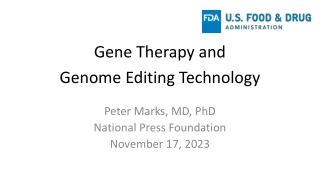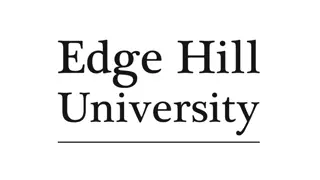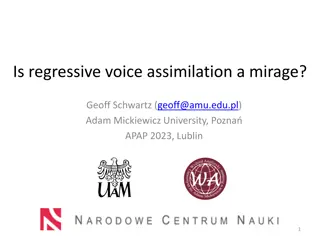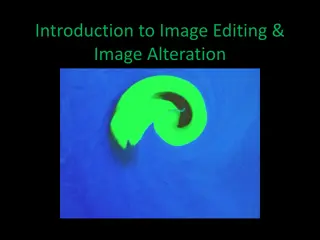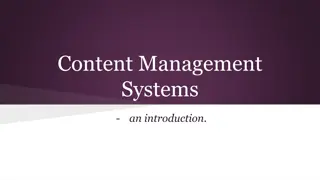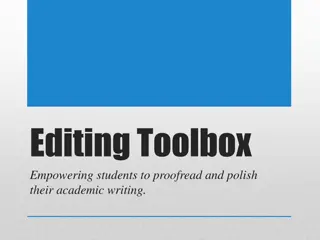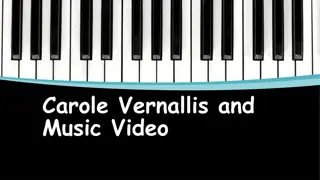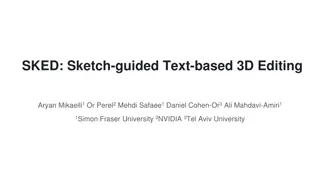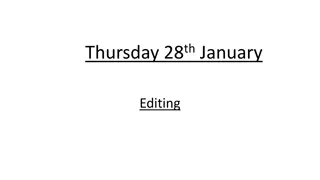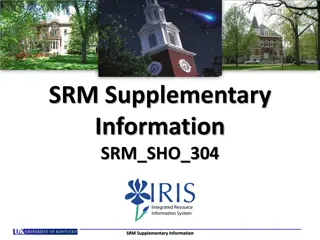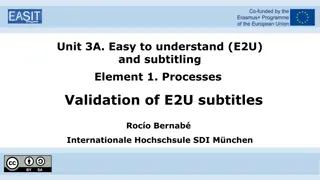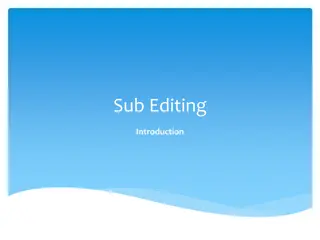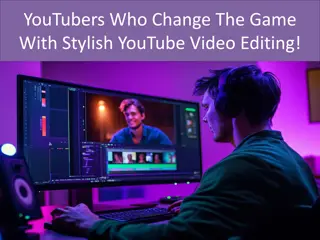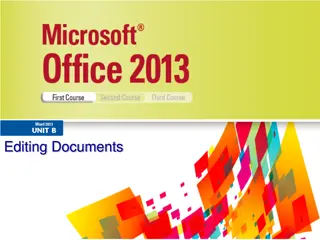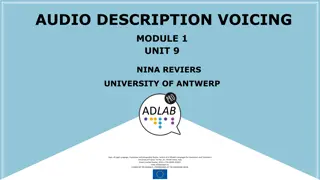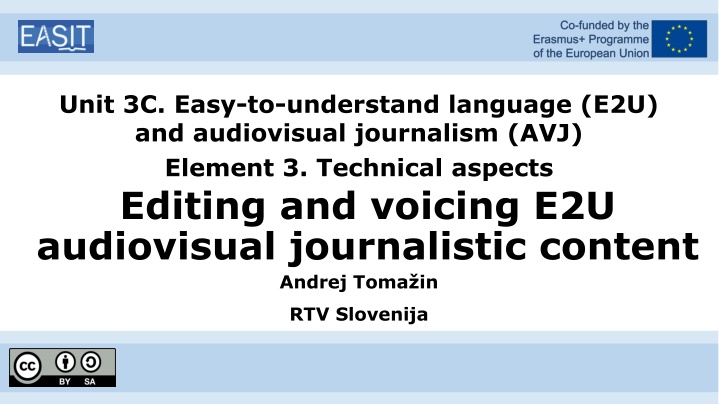
Effective Voicing Techniques in Audiovisual Journalism: A Comprehensive Guide
Master the art of voicing in audiovisual journalism with this comprehensive guide covering essential techniques, common errors to avoid, and strategies for conveying a clear message. Learn how to enhance your narration skills and adapt voicing for Easy-to-Understand Language (E2U) content while staying true to industry standards.
Download Presentation

Please find below an Image/Link to download the presentation.
The content on the website is provided AS IS for your information and personal use only. It may not be sold, licensed, or shared on other websites without obtaining consent from the author. If you encounter any issues during the download, it is possible that the publisher has removed the file from their server.
You are allowed to download the files provided on this website for personal or commercial use, subject to the condition that they are used lawfully. All files are the property of their respective owners.
The content on the website is provided AS IS for your information and personal use only. It may not be sold, licensed, or shared on other websites without obtaining consent from the author.
E N D
Presentation Transcript
Unit 3C. Easy-to-understand language (E2U) and audiovisual journalism (AVJ) Element 3. Technical aspects Editing and voicing E2U audiovisual journalistic content Andrej Toma in RTV Slovenija
Voicing In any audiovisual content production, whether it is done for television or radio, voicing plays an important part.
Voicing, part 2 A clearly mediated narration is an essential part of the audiovisual journalistic content.
Voicing, part 3 Broadcast voices are usually: rich, crisp, resonant, free from impediments.
Common errors Common errors with voicing are: placing stress or emphasis on the wrong words, speaking in a sing-song voice, using upward or downward inflections in inappropriate places.
Common errors, part 2 Using a tone of voice that is inappropriate for the story, speaking in a monotone voice, speaking too fast or babbling, slurred speech, where syllables or even words are left out.
Common errors, part 3 Speaking too slowly, poor enunciation. (Barbara Alysen: The Electronic Reporter)
Conveying a message The foremost quality of a voice we hear in audiovisual journalism regardless of language is its capability to clearly convey a message.
Voicing for E2U AVJ Voicing for E2U AVJ must make a few adjustments but has to stay true to the standard voicing practices for radio or TV.
E2U voicing E2U voicing must be: slower and well enunciated.
Monotone voices According to John Charles Herbert broadcasted voice needs to contain inflection and rhythm, since no one would listen to a monotone voice, which is devoid of feelings, nor to a voice which is overindulgent.
Principle of proximity The proximity in an AVJ context and especially voicing might work inside the dichotomy of monotone versus non- monotone delivery.
Familiarity and E2U voicing Although this might lead us to think that a more dynamic voice would seem more familiar and appropriate for E2U AVJ content, we still have to consider the standards of broadcast voicing.
Editing E2U AVJ The main purpose of E2U AVJ is that all elements convey the same message. These elements are: images, narration and additional graphics.
Example: monsoon When the journalist talks about a monsoon and the damage created by it, the images need to correspond to that particular narration.
Editing standard TV news Cuts change within 3-5 seconds The images don t always correspond to the cuts
Editing E2U TV news items The editor should edit the video material according to the narration. The editor should allocate the viewer more time to comprehend the moving images.
Longer cuts The edited cuts with E2U AVJ content tend to be longer than the norm.
Yle Uutiset Selkosuomeksi Department from the Finnish national broadcaster YLE, which produces news in Easy Finnish in both textual, audio and audiovisual format (http://yle.fi/selkouutiset).
Yle Uutiset Selkosuomeksi Edits and cuts tend to be around 6-8 seconds long The speed of speech is slower than on the standard news
Yle Uutiset Selkosuomeksi They have introduced elements that do not exist in standard language news. For example: they use a core sentence which is repeated half-way through the news item.
Graphical elements in E2U New information Additional information
Graphical elements in E2U When producing E2U AVJ news items, we can also encounter certain words or concepts, which need explanation. We can explain these with the help of narration and enrich the explanation with the aid of graphics.
Graphical elements in E2U Analogous to the explanations in E2U language, the explanations should be distinguished from the core elements of the news item itself. With this, the viewer can distinguish what serves as an explanation and what is the information conveyed by the news item.
Audience and validation A journalist should lean on the pre-learned formats, but at the same time adapt these formats according to the audience. When creating E2U AVJ content, this can be most easily done with the help of validation and tests with the audience, making sure it is understandable to them.
Andrej Tomain Andrej.Tomazin@rtvslo.si
Acknowledgement The project EASIT has received funding from the European Commission under the Erasmus+ Strategic Partnerships for Higher Education programme, grant agreement 2018-1- ES01-KA203-05275.
Disclaimer The European Commission support for the production of this publication does not constitute an endorsement of the contents, which reflect the views only of the authors, and the Commission cannot be held responsible for any use which may be made of the information contained therein.
EASIT EASIT (Easy Access for Social Inclusion Training) Logo pagines.uab.cat/easit

